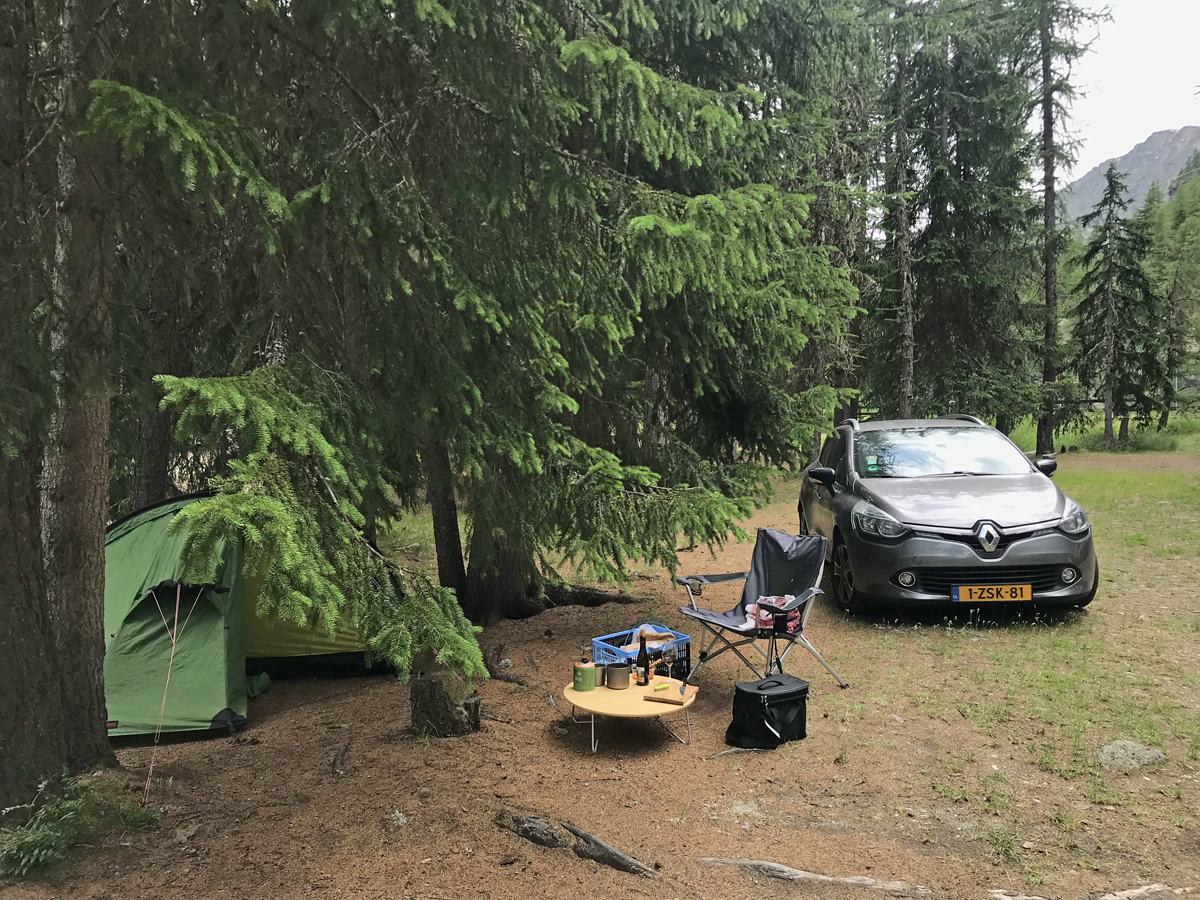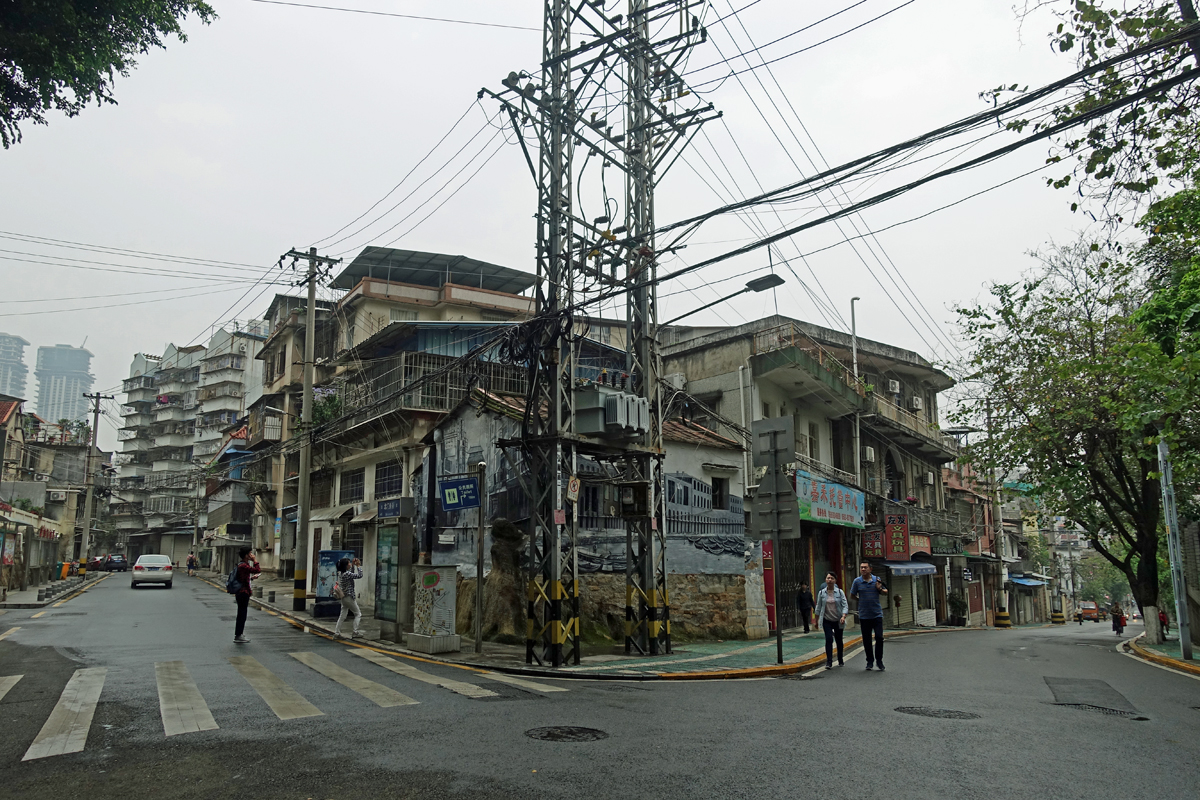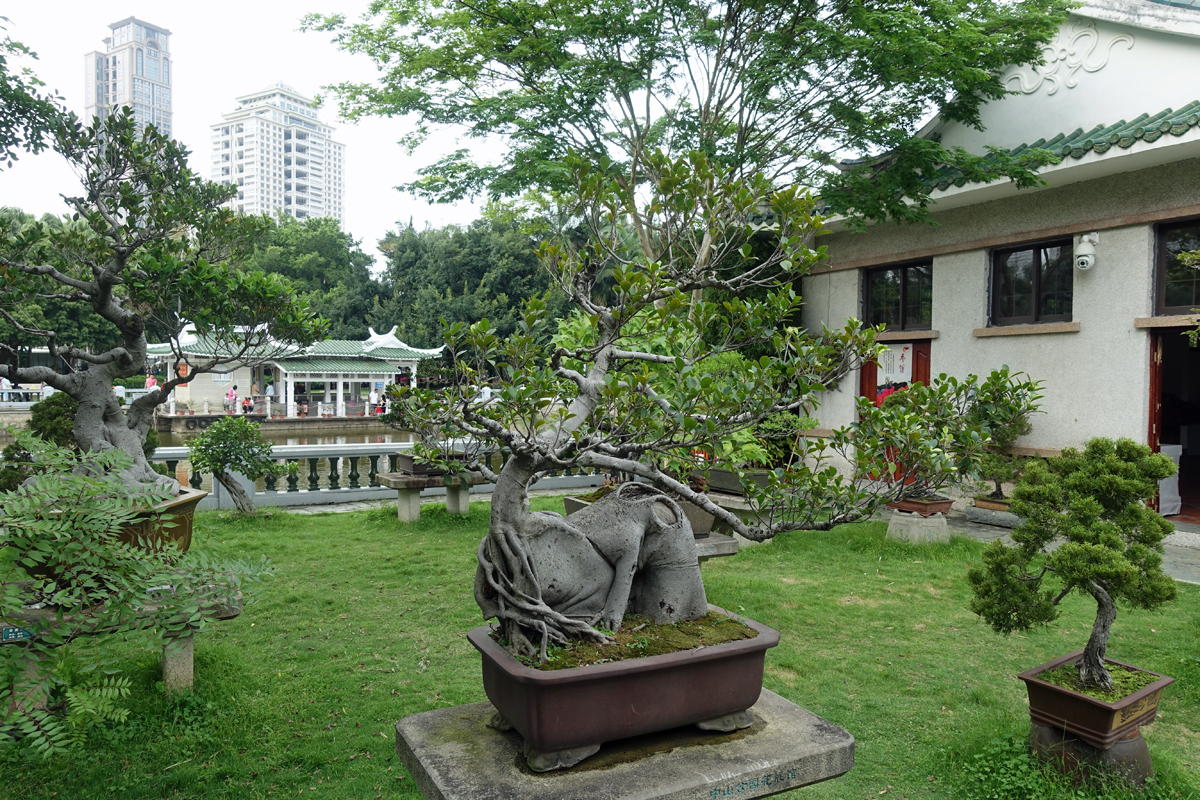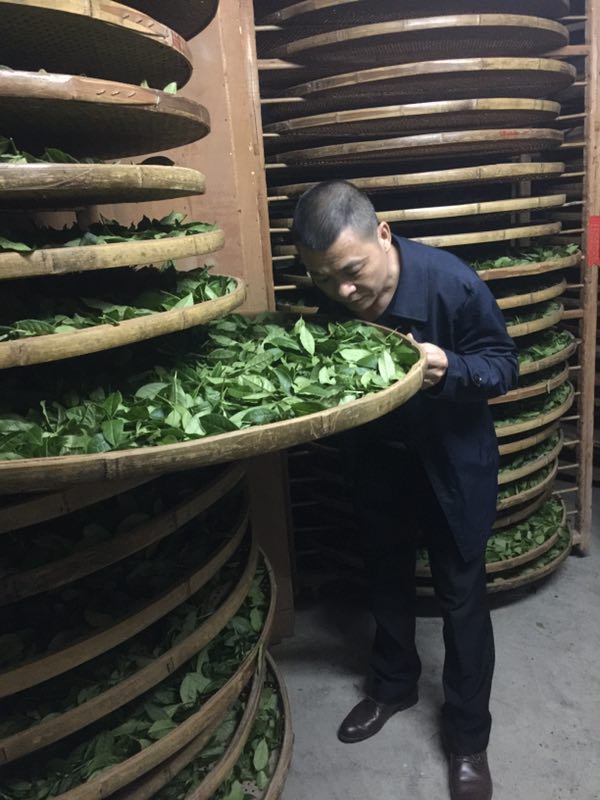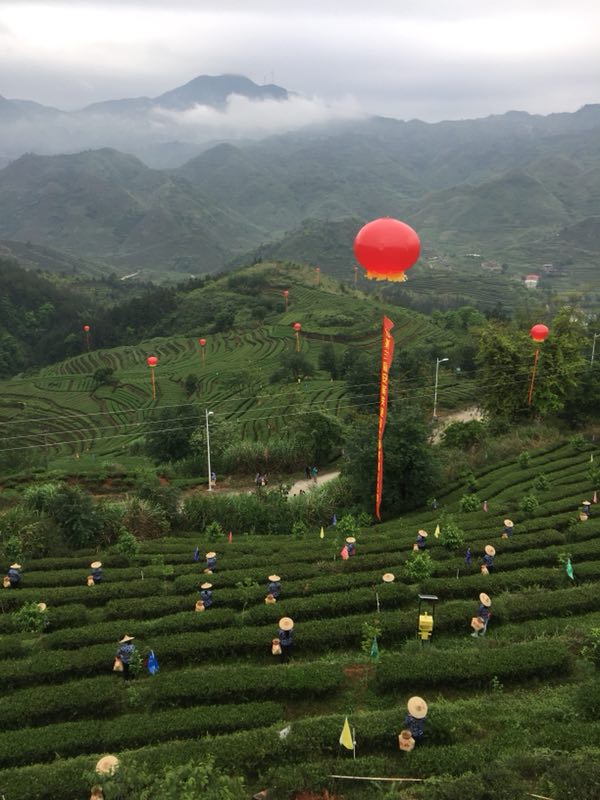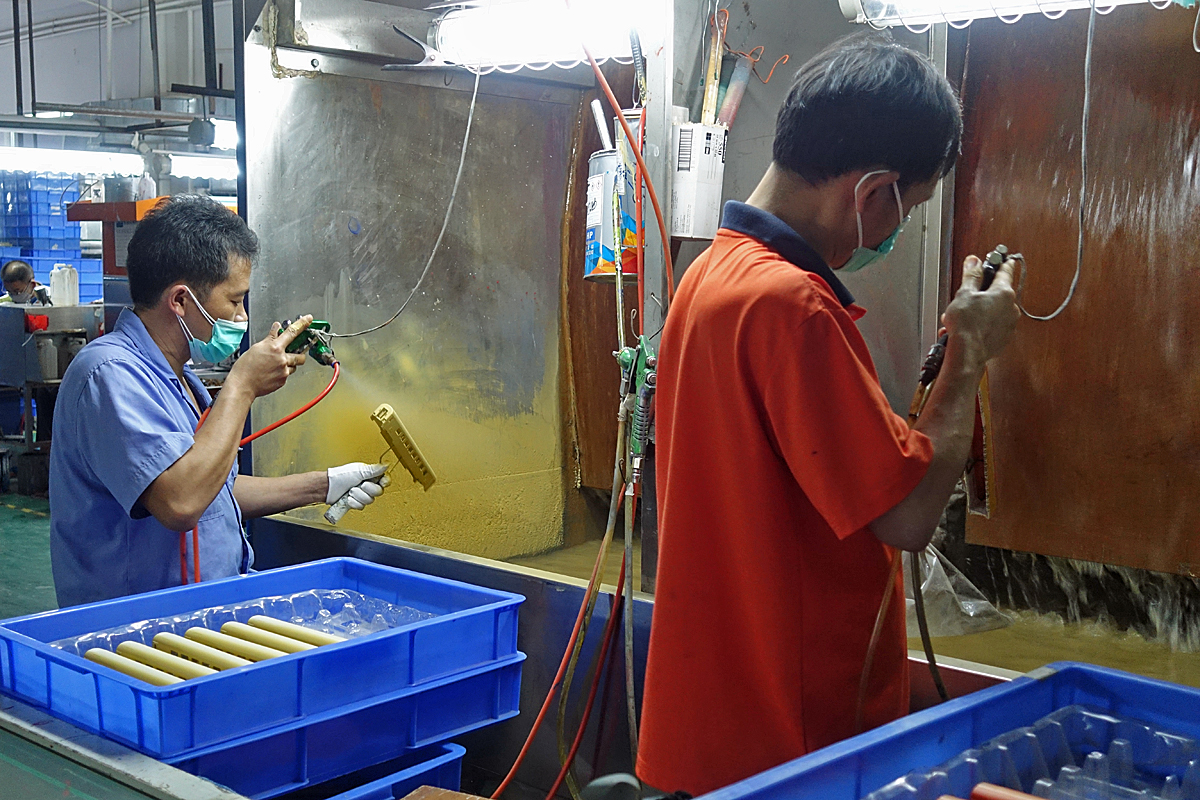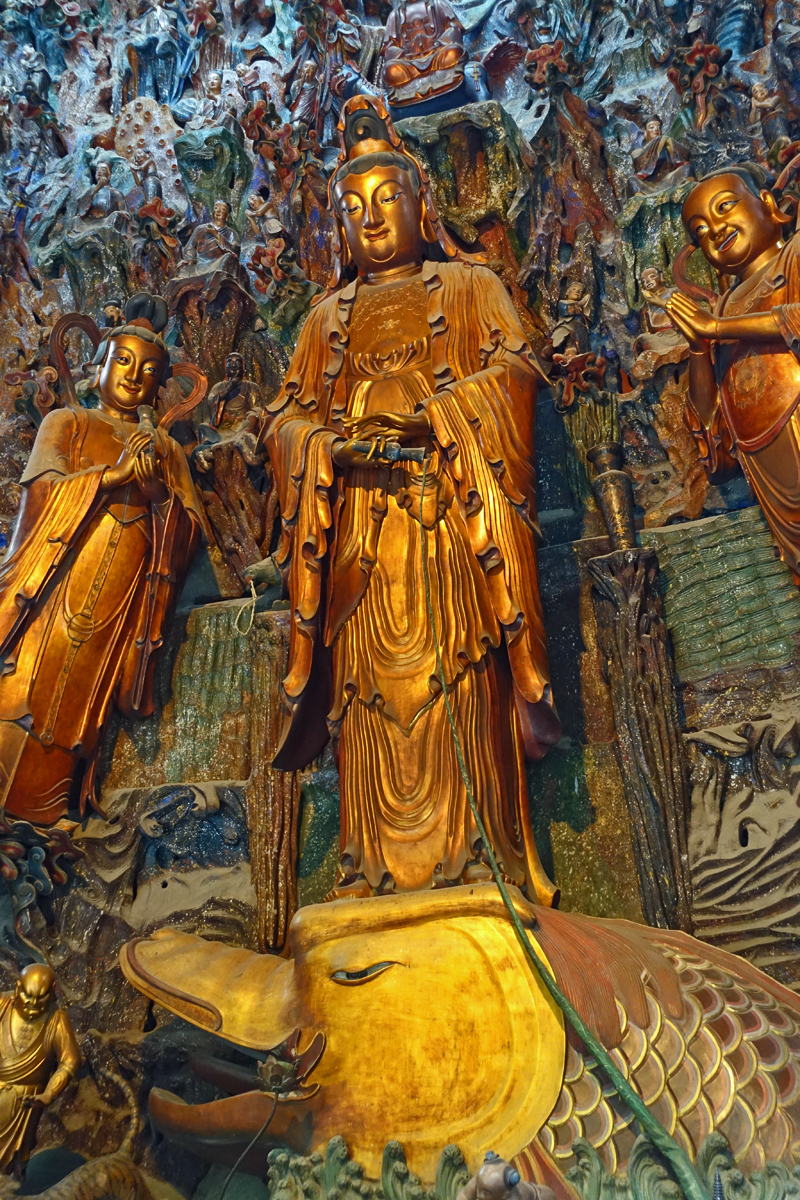Brussel Wereldtentoonstellingen
When I travelled to Brussel for a weekend trip I didn’t have a particular theme in mind. It was the first weekend of the Christmas market, a huge market with over 240 stalls. I booked an apartment just 500 meters from Le bâtiment Berlaymont, which houses the headquarters of the European Commission. When I realised the Royal Museum for Central Africa was established after an exposition during the world's fair of 1897 I became interested in the world’s fair (“world expo” after 1967) phenomenon. Brussels hosted no less than four world’s fairs. Two fairs were intimately linked to Belgium’s (or King Leopold II’s) troublesome colonial past.
Wereldtentoonstelling van 1897
De Onafhankelijke Congostaat / État indépendant du Congo (1885 - 1908) wasn’t an independent African state but privately owned by the Belgian King Leopold II. In 1908 Belgium took over the Onafhankelijke Congostaat from King Leopold II and renamed it Belgisch-Congo. For the Brussels International Exposition in 1897 Leopold II built a colonial exhibit in a specially built Palace of the Colonies. After the exposition a bigger (and current) building was finished in 1910, which became the Royal Museum for Central Africa. The museum has one of the best collections of African masks and applied arts. The collection encompasses 120.000 ethnographical objects and over 10 million natural specimen. In 2013 the museum closed for renovation and after reopening in 2017 the museum reflects a new dynamic in which Belgium had to come to grips with its, often brutal, colonial past.
Wereldtentoonstelling van 1958
The world expo of 1958 was held just two years before independence of Congo and only a good decade after the war. There was a general feeling of “never again” and a new optimism in science, technology and the connection of people. The first sketches of the Belgium pavilion were needle shaped structures but they were put aside as being ‘not original enough’. But then André Waterkeyn came up with a brilliant idea: a building shaped in the molecule for Fe (iron).
Even today the Atomium is a fascinating building. I was sceptical and was afraid it would feel like a tourist trap. But I loved it. After entering you are being catapulted to the highest sphere at 102 meter by an elevator. Only after taking the elevator back to ground level you can access the escalator to work your way up to other atoms. It very much feels like wandering about in a science-fiction building with one added dimension to the normal three dimensions. It’s confusing and fun.
1958 is a long time ago and it is difficult to grasp the mindset of the vistors of the Expo 1958. My parents were in their early and mid 20s. Much emphasis was laid on the Belgiums to learn foreign languages so they could communicate with visitors from the other countries exhibiting. But when the Belgium government flew in a group of Congolese évolués to perform ‘traditional’ dances and be part of the exhibition, they were ridiculed by Belgium vistors. Bananas were thrown at the performers and they had to change their dress from European dress code to grass skirts.
The Congolese were not only observed by the Belgiums, they also observed the Belgiums themselves. For the first time they were confronted by ordinary Belgiums who had to work and could be quite poor. The myth of the ‘white man high in hierarchy’ was broken and Belgium-Congo would be independent just two years later. Mobutu Sese Seko (president of Zaire 1965 - 1997) was among the visitors of the fair as a journalist. When he travelled back home nothing would be the same ever again.
The leadership of Mobutu didn’t work out too well for the Zairians. A stark reminder of the saying: Power is eaten whole.
“Le pouvoir se mange entier”
Human zoo at the world expo 1958.






















































































